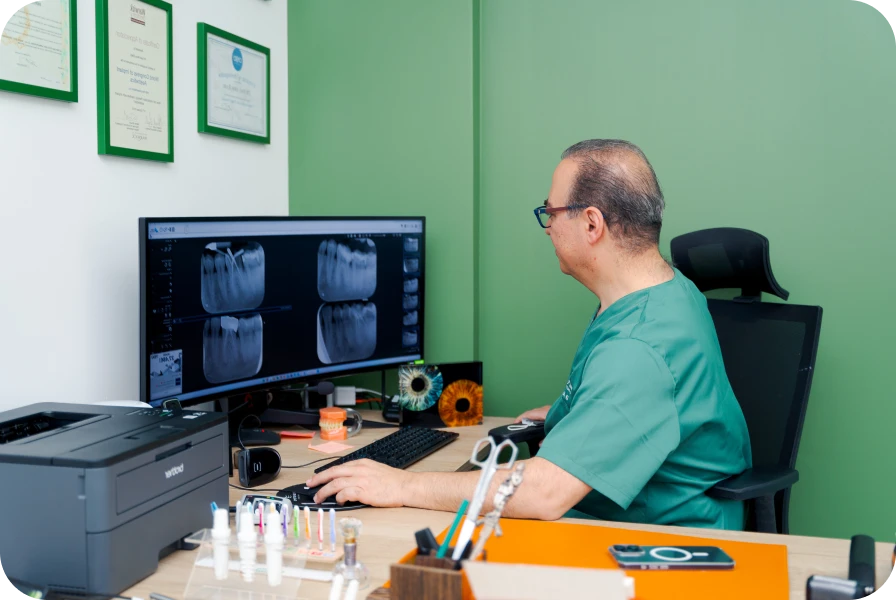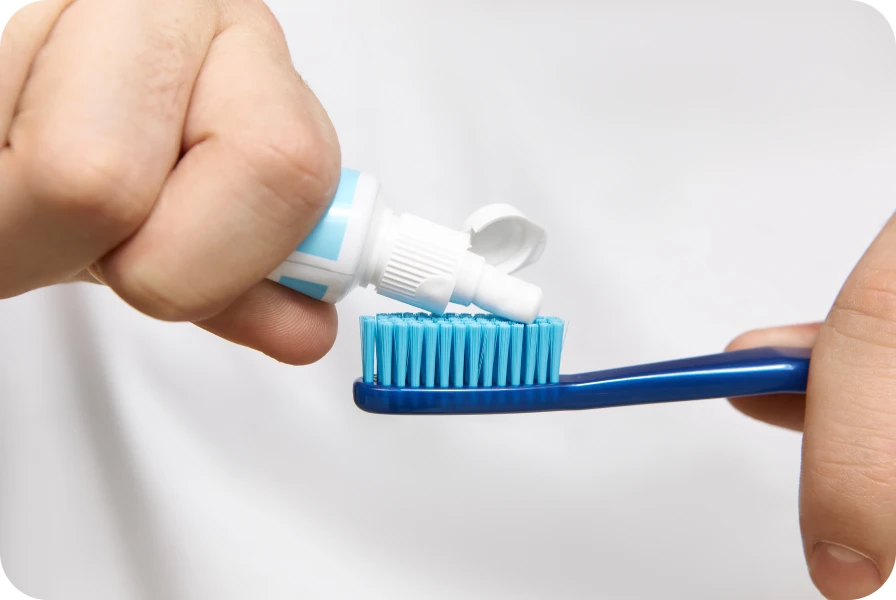Post-operative Instructions
Post-operative Instructions: Recovery and Care
After a surgical procedure, it is essential to follow precise recommendations to promote a rapid and complication-free recovery. The following instructions will guide you step-by-step through post-operative care. Be sure to follow them carefully to optimize your healing.
Immediately after the Operation
Rest and Return Home
Upon leaving the clinic, rest. Avoid any intense physical activity during the first 24 hours. Exertion could cause bleeding or delay healing. Go home directly after the operation. If possible, have someone accompany you. Rest is crucial to begin the recovery process.
Managing Pain and Discomfort

It is normal to experience some pain after the operation. Take the medications prescribed by your practitioner. Follow the indicated doses and administration schedule. If the pain persists or worsens, contact your doctor. Apply a cold compress to the affected area to reduce inflammation. Do not allow ice to come into direct contact with the skin to avoid burns.
Bleeding may occur during the first few hours after the procedure. This is completely normal. To manage it, gently bite down on a sterile gauze. Change it regularly. If bleeding persists after 24 hours, contact your doctor.
Diet and Hydration
Resuming Eating
Start with liquid and cold foods. Soups, purees, and yogurts are perfect. Avoid hot beverages and solid foods for the first 24 hours. Do not chew on the operated side, as this could irritate the area. After 48 hours, gradually introduce more solid foods.
Ensure Adequate Hydration
Drink plenty of water to stay hydrated. Avoid alcoholic beverages and sodas; they can irritate the wound. Water is your best ally. Take small sips throughout the day. This will also help maintain a clean mouth and prevent infections.
Care for the Operated Area
Cleaning and Oral Hygiene
Cleaning the operated area is crucial to prevent infections. Use a soft toothbrush and avoid the operated area during the first few days. Rinse your mouth with a mild saline solution, prepared from one teaspoon of salt in a glass of lukewarm water. Do this after each meal to remove food debris.
Avoid Smoking
Smoking slows down the healing process and increases the risk of infection. It is strongly recommended not to smoke after a procedure. If you smoke, try to quit at least until the wound is completely healed. This will reduce complications and promote better recovery.

Warning Signs to Monitor
Potential Infections
Monitor the operated area for any signs of infection. Excessive redness, swelling, or pain that does not subside can be indicators of an infection. A persistent fever is also a warning sign. If you observe these symptoms, consult your doctor immediately. Do not allow an infection to develop, as it could complicate the healing process.
Other Potential Complications
Other complications may arise, such as prolonged sensitivity or numbness in the operated area. These symptoms are usually temporary, but they should not be ignored. If these sensations persist or worsen, contact your practitioner for an evaluation. Your recovery must be closely monitored to avoid long-term complications.
By following these post-operative instructions, you maximize your chances for a rapid and complication-free recovery. Be vigilant and do not overlook any warning signs. Your health comes first. Rest, follow your practitioner’s recommendations, and do not hesitate to ask for help if necessary. The key to a good recovery is patience and adherence to the given instructions.
